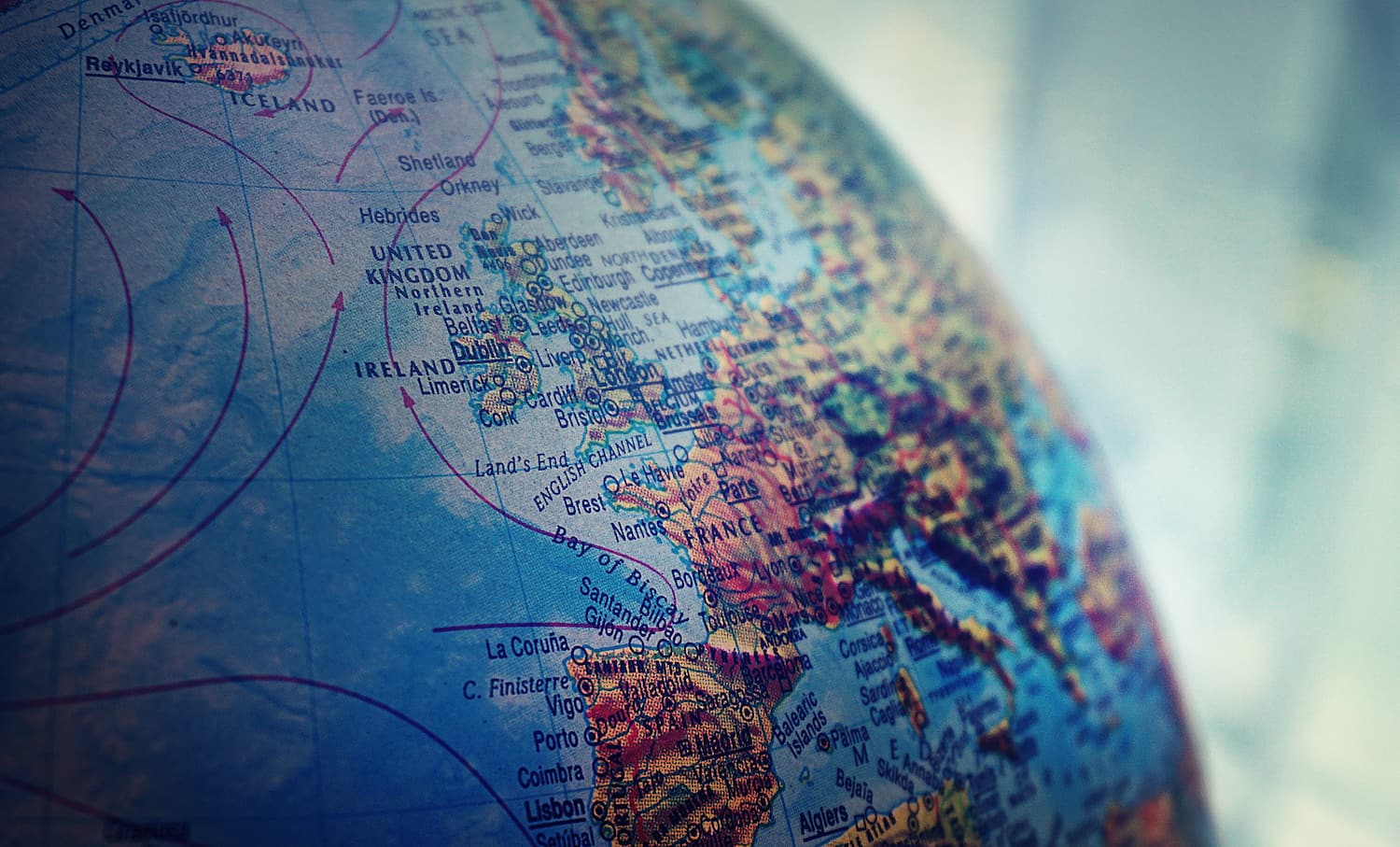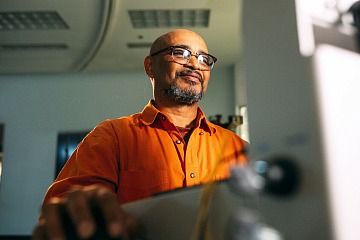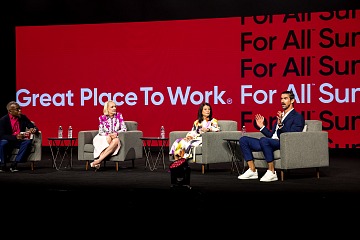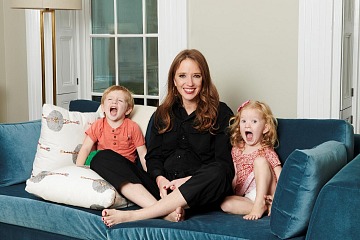Best Workplaces, Employee Well-being, ERGs
Leaders from companies on the 2023 Fortune World’s Best Workplaces shared tips for building and maintaining a strong culture across complex geographies.
No matter what part of the world you live in, the recipe is the same for creating a great workplace culture.
“It’s based on trust,” says Tony Bond, EVP and chief diversity and innovation officer at Great Place To Work®. Bond joined a panel of leaders from Hilton, DHL Express, and AbbVie for a virtual roundtable hosted by Fortune.
“Trust is based on the relationships people have with their leaders,” Bond say. “Everyone needs to experience great relationships with their leaders, needs to feel great about the job they are doing, and needs to feel great about the people they are working with.”
Attend our annual company culture conference May 7-9, 2024
When every employee has a consistent experience in the workplace, the company is more resilient.
“If you go back to the pandemic, a great place to work allows you to respond to shocks much more quickly,” says Bond. “We want it to be a great place to work no matter if you are the CEO sitting in the C-suite or if you are working on the shop floor.”
Watch the full session below:
Culture at scale
For global companies like Hilton, with more than 7,000 hotels and 460,000 team members across 84 countries, creating a culture that can cut across the organization requires finding a simple, clear message that will resonate.
“At our core, we are a business of people serving people,” says Simon Vincent, EVP and president, Hilton EMEA. That simple vision, inspired by founder Conrad Hilton, is then built upon to create the culture, which was named No. 1 on the Fortune World’s Best Workplaces List™ in 2023.
“Simplicity is key when talking about organizations of the kind of scale and geography that we are,” says Vincent. From the clear vision, values, and promises to team members and customers, Hilton sets strategic priorities for its culture.
The message remains constant, though different regions are allowed latitude to bring that vision to life in a way that is appropriate for their location and branch of the company.
“The ‘what’ may differ, but the ‘how’ is founded in the same purpose and the same set of values,” Vincent says.
A universal language
DHL, No. 2 on the World’s Best Workplaces List, also knows how hard it is to translate company culture into hundreds of different countries within their own unique culture. When it launched a “focused pillars” strategy in 2008, the idea was to create a clear message about culture that every employee could understand.
“We developed the focused strategy because we knew we needed something simple, … memorable, not just corporate jargon,” says Mike Parra, incoming CEO for DHL Europe. The company developed four pillars: motivated people, good service, loyal customers, and a global network.
For each pillar, the company developed songs that everyone could sing to reinforce the message at town halls, company meetings, and even when talking to customers.
“Everybody understands music,” Parra says, and the requests have continued to pour in for leaders to sing their part.
Global employee resource groups
Employee resource groups (ERGs) have increasingly become crucial tools for organizations around the world to build belonging and connection for employees.
ERGs have been around since the 1970s in the U.S., according to Bond. Designed to build a greater sense of belonging for employees who share characteristics such as race, gender, or other identifiers, these groups are becoming key engines of innovation and strategy for businesses.
“We are tapping more and more into the ‘resource’ part,” says Véronique Molinari, business HR director, global operations at AbbVie, No. 4 on the World’s Best Workplaces List.
“We keep saying diversity and inclusion increases business performance,” she explains. “These groups are proof.”
"Simplicity is key when talking about organizations of the kind of scale and geography that we are." - Simon Vincent, president, Hilton EMEA
ERGs for companies like AbbVie and DHL connect on a range of issues, from empowerment for women and mental health in the workplace to sustainability and energy savings. For a global company, ERGs must both scale to a worldwide population and maintain flexibility to meet the unique needs of a local population.
“We want the maximum impact,” says Molinari.
Improving mental health
Both AbbVie and DHL spoke about mental health, and how an emphasis on psychology affects whether employees feel safe in the workplace.
“We want to be a safe place to work for all,” Parra says, sharing how DHL launched a major overhaul to address safety in 2007. To improve safety, DHL saw the need to develop and maintain long-term relationships with employees.
From a mental health perspective, there wasn’t enough visibility into how employees were doing, Parra shared. “People were taking out their phones and taking a selfie … they were outwardly trying to display that they were in a good place but really internally they were falling apart.”
DHL launched a program called “Are you OK? Are you really OK?” to try and get more employees to share their authentic experiences. To ensure that employees got the support they needed, DHL started training leaders to have the right conversations.
“We had to work with our leaders to really understand that the moment we go down that path and you start asking that question, you have to be prepared for what is going to come back to you,” Parra says. Training leaders on mental health is an important piece of the culture change at DHL in the last decade and more.
At AbbVie, psychological safety has become a key component that drives business performance. AbbVie surveys most of the countries where it operates with Great Place To Work, and matches the employee experience data against key performance metrics it tracks. At its manufacturing sites, AbbVie has found that higher engagement scores aren’t just correlated to better performance and productivity, they are causal.
“We were able to show leaders that the sites that do the best are the ones where employees are the most engaged,” Molinari says.
Get more insights
Learn more strategies from our workplace culture experts at our For All™ Summit, May 7-9 in New Orleans.













